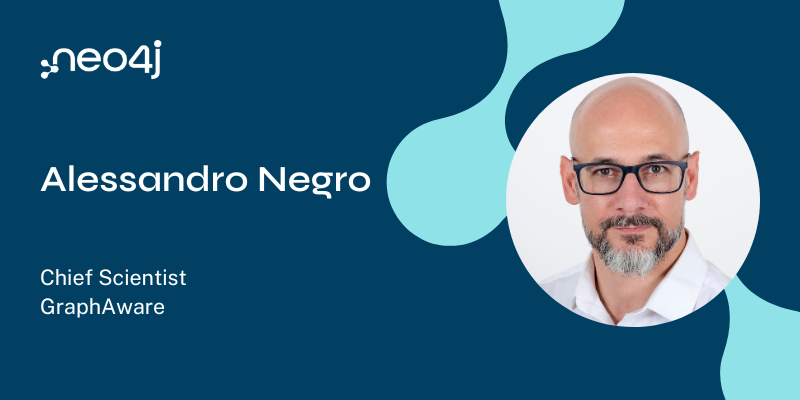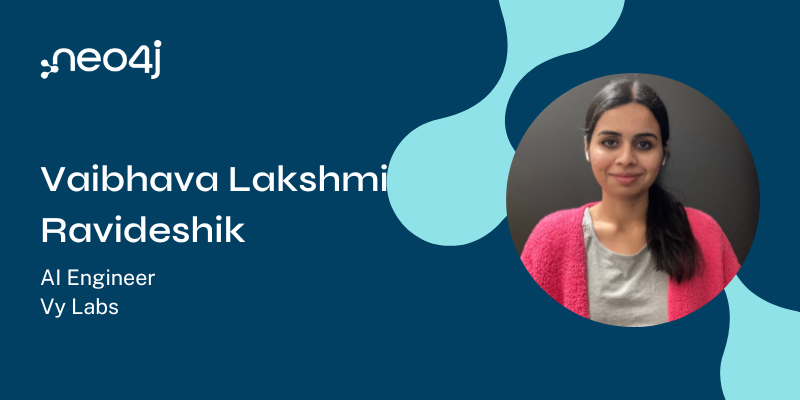
Welcome to this week in Neo4j where we round up what’s been happening in the world of graph databases in the last 7 days.
Featured Community Members: Ashley Sun and Rob Schoening

Ashley Sun and Rob Schoening
This week’s featured community members are part of Lending Club’s engineering team and been publishing several open-source tools for dev-ops to manage a vast variety of service and operations information.
They have presented their early work at GraphConnect and continue to evolve tools like MacGyver, Mercator and neorx, a reactive driver for Neo4j’s http API.
Ryan Boyd demoed an extension to Mercator in this week’s webinar on IT-Operations that tracks information from AWS ECS.
ICIJ win the Pulitzer Prize

Members of the ICIJ and Süddeutsche Zeitung team celebrate
Congratulations to our friends at the ICIJ who won the Pulitzer prize for explanatory reporting for their work on the Panama Papers.
To learn more about their work you can watch Mar Cabra‘s talk at GraphConnect 2016.
The Panama Papers Neo4j Sandbox

The Panama Papers Neo4j Sandbox
If you want to get hands on with the Panama Papers data we’ve recently released a Panama Papers guide on the Neo4j Sandbox.
Create an account and within minutes you can explore the network of offshore companies and their shareholders. Let us know how you get on by tweeting with #neo4j hashtag.
Star Wars Graph, Twitter clone, Reddit Place
- Star Wars Graph is an interactive mashup of linked data sets created by the folks at overstory. They’ve imported data from the Star Wars API, combined it with social links derived from automated analysis of the Star Wars film scripts and additional information from The Movie DB API to create a combined, connected graph of Star Wars data.
- Bodong Chen graphed the Reddit Place Sensation. Reddit Place was an event run on April 1st where people had to collaborate to paint a virtual canvas. Bodong loaded a data dump of the event into Neo4j and showed how to analyse the behaviour of participants with a series of Cypher queries.
- The video of Dr Jim Webber‘s QCon London talk Causal Consistency for Large Neo4j Clusters is now available. In this talk Jim explains the Causal Clustering feature introduced in Neo4j 3.1
- Max De Marzi adds the timeline feed and the ability to (un-)like posts to in his 5th part of “Building a Twitter Clone with Neo4j”. He details the inner workings of each optimized feature discussing the complete implementation.
- For our German readers (or Google Translate users), Thomas Hensel from b-s-s dissects how to realize intent (action) and entity detection in natural language with a graph approach. By turning sentences into sequences of nodes and strengthening recurring patterns, training sets generate the intents implicitly.
- On our developer pages, Michael Hunger finished a new guide on creating custom Neo4j Browser Guides, something many of you asked for. We’d love to get your feedback on this content and see your own creations shared on Twitter.
On GitHub
These are the interesting Neo4j based projects I found this week:
- Tom Harding created neopreen – a library of formatters and combinators to simplify working with data returned by the Neo4j driver.
- Robbie1977 created docker-neo4j-knowledgebase – a Neo4j Docker image containing the VirtualFlyBrain.org KnowledgeBase, a hub for neural anatomy and imaging data.
- RicardsGraudins created College-Timetable-Neo4j, which shows how to model a college timetable including rooms, departments, courses, and more.
From The Knowledge Base
This week from the Neo4j Knowledge Base we’ll look at some questions people have when importing CSV data into Neo4j.
Tweet of the Week
My favorite tweet this week was by Nathan Dize:
Started coding works focused on the death of Toussaint Louverture in neo4j, more to follow @elotroalex thoughts? #Haiti pic.twitter.com/4GOcRNq8GX
— Nathan Dize (@NathanHDize) April 10, 2017
That’s all for this week. Have a great Easter weekend.
Cheers, Mark









